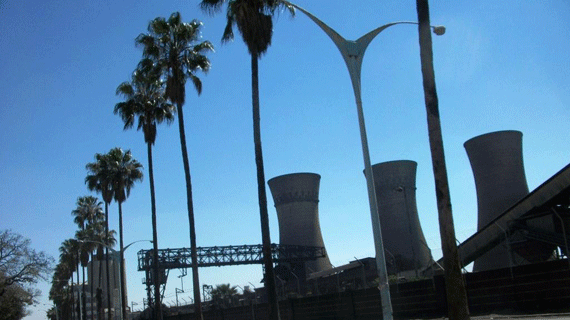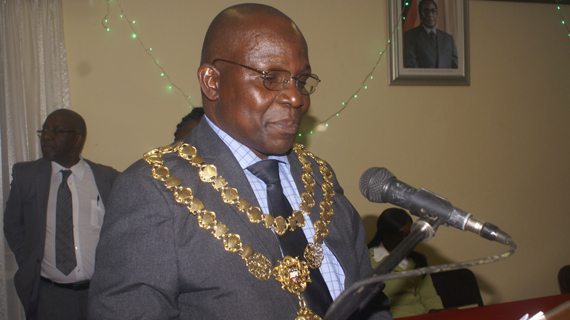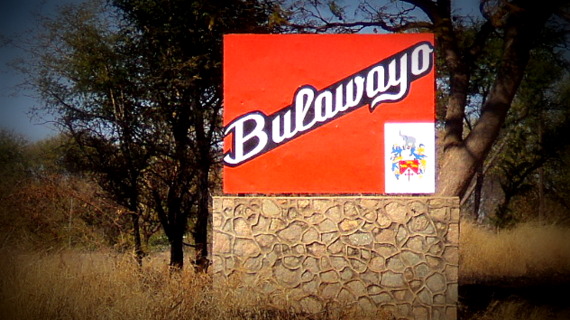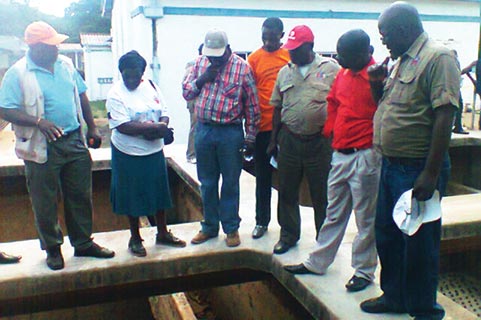
IT is commonplace for people to nostalgically recall the good old days when Bulawayo was the industrial hub of Zimbabwe especially as the city celebrates, 120th birthday. Dumisani Nkomo OWN CORRESPONDENT
I would like to challenge residents of this great city to start a critical thought process as to what made Bulawayo a great city and what will be needed for the City of Kings and Queens to claim her place in the sun.
All too often we blindly want Bulawayo to be the city that it was 30 to 40 years ago, but as I have always argued we need to realise that times have changed and some of the factors that contributed to the socioeconomic growth pattern of the city in the 1950s and 1960s have changed.
I want to suggest that first of all in the spirit of all good strategic introspective processes, we need to understand what the economic growth then was premised on especially the extrinsic and internal factors that made Bulawayo the industrial hub of Zimbabwe and at one point not only the cleanest city in the land, but also the best organised in the country.
There are basically nine pillars upon which the city’s economic growth was premised, but I must hasten to say these are not the only ones.
- Geographic location of the city in Central and Southern Africa providing a thriving passage to South Africa, Botswana and Zambia,
- The creation of the Federation of Southern Rhodesia (Zimbabwe), Northern Rhodesia (Zambia) and Nyasaland (Malawi) in the fifties which created a new socioeconomic zone consisting of an agro-mineral, energy and labour belt
- The best cattle country in the land and hence the location of the Cold Storage Commission (as it was then known) and giant beef canning factories run by LEMCO,
- Linked to this a vibrant railway system with Bulawayo as the heartbeat of the transport sector as a result of its strategic location as well as well-developed road network,
- Huge markets for industry locally, nationally and regionally,
- Efficient and organised municipality,
- Well-planned infrastructural development and town planning coupled with robust investment by the local and international business community in spite of a raging war (war of liberation) and Unilateral Declaration of Independence sanctions,
- Sufficient supply of water and electricity.
Growth of tourist industry in Victoria Falls, Hwange, Matopos which then had the highest leopard population in the world and the Natural History Museum which is one of the best of its kind in Africa.
In moving forward we need to ask ourselves which of these factors are still in place and what the competitive advantages of Bulawayo are in the new global environment epitomised by cutthroat competition. Some of the factors that are still in place up to now include:
The city is still ideally geographically located, but what is lacking is a modern road and rail link which cripples this natural advantage at least in the absence of infrastructural development in this direction.
- Chamisa under fire over US$120K donation
- Mavhunga puts DeMbare into Chibuku quarterfinals
- Pension funds bet on Cabora Bassa oilfields
- Councils defy govt fire tender directive
Keep Reading
Geo-politically the Federation is no longer there, but then in reality it was only there for less than 10 years so its impact was negligible at best. Matabeleland has long lost its leading role as a cattle producer and most of the huge ranches have become literally ghost farms if we are to be honest with ourselves.
The city still enjoys the presence of major tourist destinations such as the Falls, Hwange and the Matopos.
The country’s poor image abroad is a big drawback and so is poor road and rail infrastructure, but there have been some improvements such the Joshua Mqabuko Nkomo Airport, the Bulawayo–Harare Highway which has potential of providing critical air links to other tourist attractions in the country especially Victoria Falls.
There is need for alternative long term solutions to the city’s energy and water constraints as failure to do so will result in decreased economic interest in the city.
Significantly stiff competition from China and other Brics countries makes growth of local industry a difficult preposition with Chinese products flooding the market and local industries struggling to compete against cheap imports.
Critically, however, the city still has fairly good local administration and the city is well planned even though there are very few infrastructural development projects in the city.
Construction of the Gwayi-Shangani Dam and in the broader scheme of things the Zambezi Water Project could be a trigger for economic growth of Bulawayo especially the construction sector in the short to medium term and agro-industry in the long term. This is, however, subject to the kind of agreements that are made in terms of construction contracts and so forth.
In order for the City of Kings to grow there has to be significant investment in road construction and rehabilitation of the rail system.
In the next instalment I will look at practical steps that can be taken to take the city forward.









